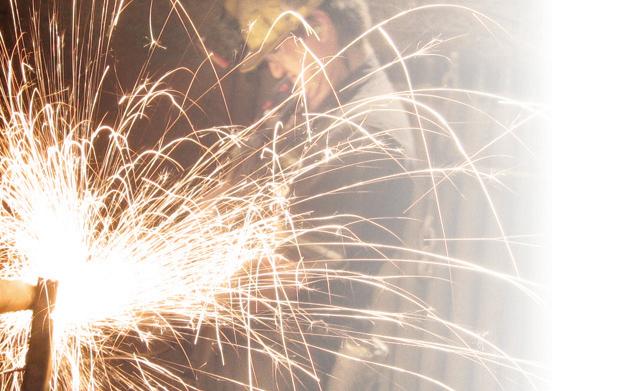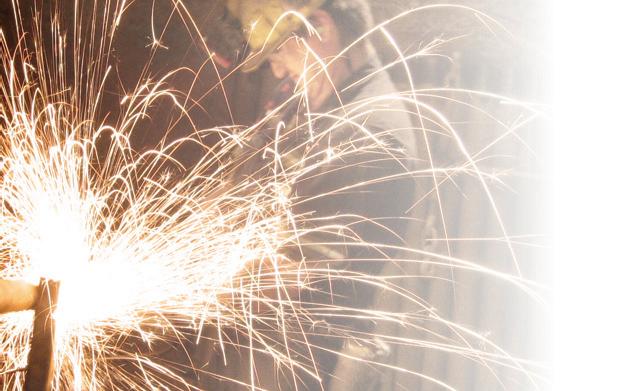
6 minute read
Corn, the American crop
The corn-on-the-cob – or sweet corn – season has all but ended, but throughout the area there are still acres of fi eld corn to be harvested. Admittedly, this has been a rough year for corn, and every other crop, but thanks to improved agricultural techniques, there are fi elds of corn.
It is pretty diffi cult to not fi nd an area of American life corn does not impact. That’s sort of fi tting, as corn is an American crop.
Advertisement
For much of human history on the North and South American continents, corn and people have grown together. Corn was the grain of choice in America even before Europeans came, and there were various types of corn grown. That crop had spread from Mexico to both North and South America and adaptions were made for climate, soil conditions, etc.
Unlike most crops grown in America, it was Native Americans who introduced the grain to Europeans, and not the other way around.
What is interesting about corn is there really is no longer a wild version of corn. It was apparently developed from some grain/grass by Native Americans in Mexico. Their initial plants were small, often with just one ear per stem, and the cobs were about an inch long and only a kernel or two wide.
Development of the crop was underway before Columbus’ explorations brought Europe permanently into contact with the Americas.
I already know that some are wondering how it can be stated that corn is an American crop. Most of us heard the story from either the Bible or the popular rock operetta, “Joseph and his Amazing Technicolored Dreamcoat,” where the Pharaoh of Egypt reference fi elds of corn in his dream.
Turns out corn is a great example of how a word becomes associated with something other than its original intent. The term “corn” has its roots in Old German through English and meant grain. The term for grain (used in the ancient initial Bible stories) was translated as korn/corn in German and English. When the English/German Europeans came to America the crop was known as Indian corn – and was eventually shortened to
corn. For some reason, North/Central Europe never adapted one of the various Native American terms for the crop; the Spanish adopted the Native American term, “maize.” The confusion in words played out into the 20th Century. A story from post-World War II is that when asked what Germans needed following the war, some replied, “korn,” meaning Mirrors of Smoke by Herman Lensing grains such as wheat and barley. Americans shipped them corn. Another theory of how the crop got its name is the ears’ resemblance to a horn. The Latin word for horn is “cornu.” (The mythical creature unicorn derives its name from the same root). Whatever the word used, the crop from America spread throughout the world. Not always quickly. In Spain, there was initial resistance because of a fear that eating it would turn Europeans into Native Americans. My mother more than once related stories of some Germans who thought of corn as food for pigs and not human consumption. Today, the crop is used as a food source around the world and, to some degree, there is a specialization in that. Flint corn is a primary food crop of Central and South America. Popcorn, a sub-species of fl int corn, is popped and eaten as a snack. Dent corn (aka fi eld corn) is raised primarily as animal foods, for processed foods and industrial use. Sweet corn is used in canning and eating off the cob. Besides being a food, corn is also processed into syrup and used as a sweetener in soft drinks, ice cream and some other foods, made into alcohol, fermented into whiskeys (think Minnesota 13), and as a starch used to help strengthen fabric. Even the paper you are reading benefi ts from the crop, as inks are often produced with corn. A recent documentary of “The Field of Dreams” movie talked about how the corn fi eld became sort of a character in the movie. Dependence on the crop is something to think about when driving between the fi elds of corn. That would be a good time to thank generations of farmers, going back to well before Columbus, for helping grow and develop the crop we know as corn .
CA-May7-1B-WS CAAug20-1B-RB
318 Main Street PO Box 417 Cold Spring, MN 56320
(By appointment) 300 Avon Ave S Suite B ALBANY
(By appointment) 571 Railroad Avenue
Call our Cold Spring offi ce to schedule Visit our site at
appointments in Albany and Avon Willenbring.com
Look for us at many local fairs and farm shows!
CAAug20-1B-RB
MILLE LACS SOIL SERVICE MILLE LACS SOIL SERVICE Help Wanted ASAP Help Wanted ASAP
Truck Driving, Applicator, Plant Work SEASONAL, COMPETITIVE PAY Job Description: Hours may vary due to weather, Expect long hours 5-6 days each week. Need to be on time each day and willing to work hard. Contact Duane at Mille Lacs Soil Service
320-294-5511 STOP IN AND PICK UP APPLICATION CAMay7-tfn-BL


21 Trailerman T102235HH2A-GN-200
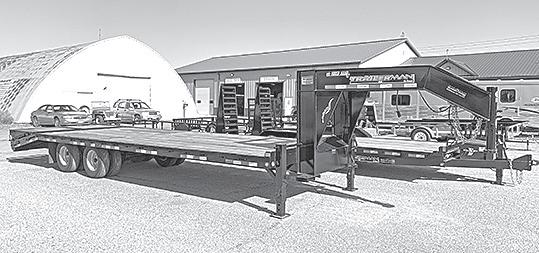

8.5’X23’+5’=28’, GOOSENECK DECKOVER, 2x10,000LB oil bath axles, dual wheels, pierced frame, 44” colossal ramps, ST23580R16 10 ply tires, rubber mounted LED lights with sealed wire harness, tool box, mud flaps, stake pockets with rub rail, X braced frame rails, black

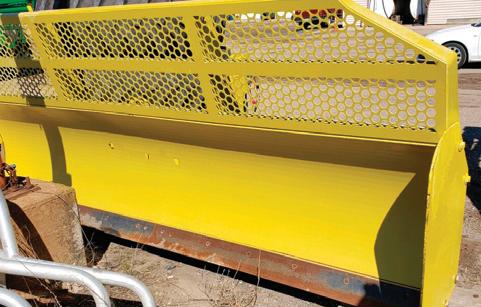

Specializing in New Trailers and a Full-Service Vehicle & Trailer Repair Shop
$13,995
Stk. #103773
CA-Aug20-1B-JO
FIND US ON FACEBOOK - @THETRAILERCENTER
We have We have
HAY & STRAW
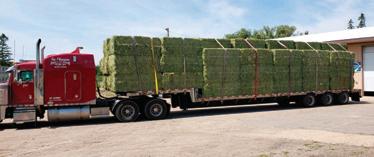

Degleman Blade
5700 Series, Demo 70 hours. Can mount to front or rear 3-point hitch.
JD 6140M
2013 model, 1480 hours, auto quad, 3 fnt. joystick, 3 hyd., H360 loader, other loaders available, excellent condition.


All Aluminum/Stainless Steel Welding All Aluminum/Stainless Steel Welding and Metal Sales. and Metal Sales. We also provided Portable Welding We also provided Portable Welding


